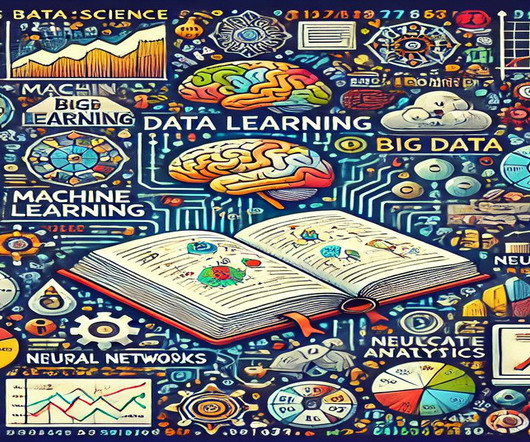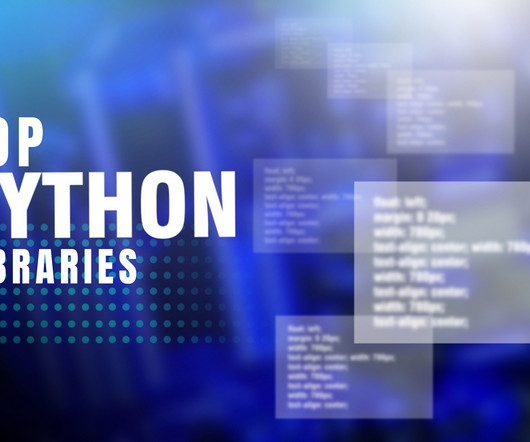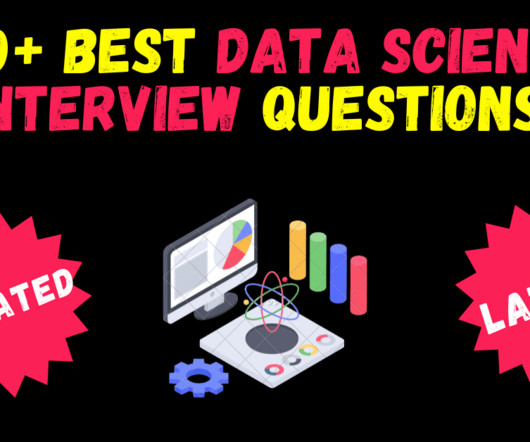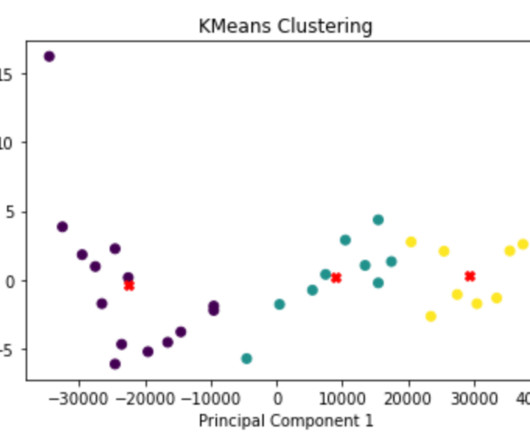Cross-Validation Techniques for Machine Learning: A Guide to Improve Model Performance
Mlearning.ai
JANUARY 27, 2023
We use some of the data for training and some for testing (we will not use test data for training). How we do this is the subject of the concept of cross-validation. I will develop a model using the training data (blue) and apply it to my test data (red). Diagram of k-fold cross-validation.


















Let's personalize your content